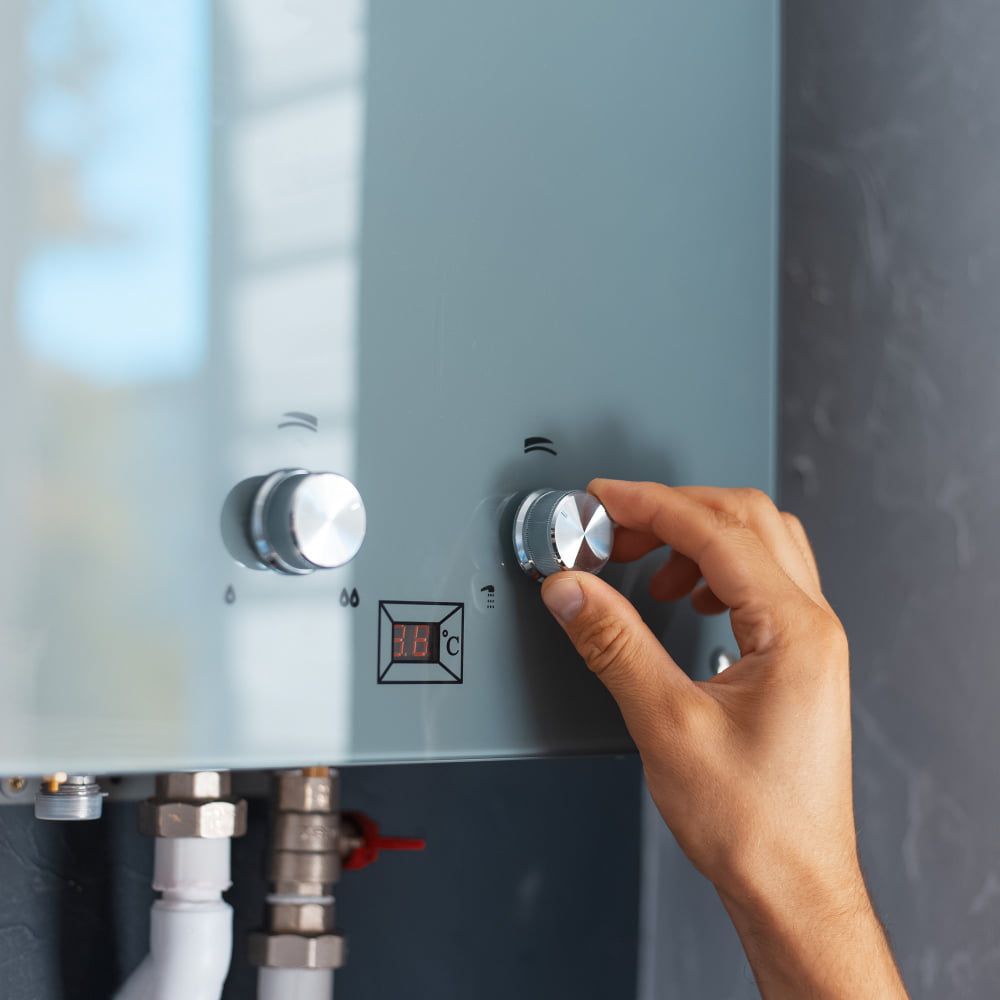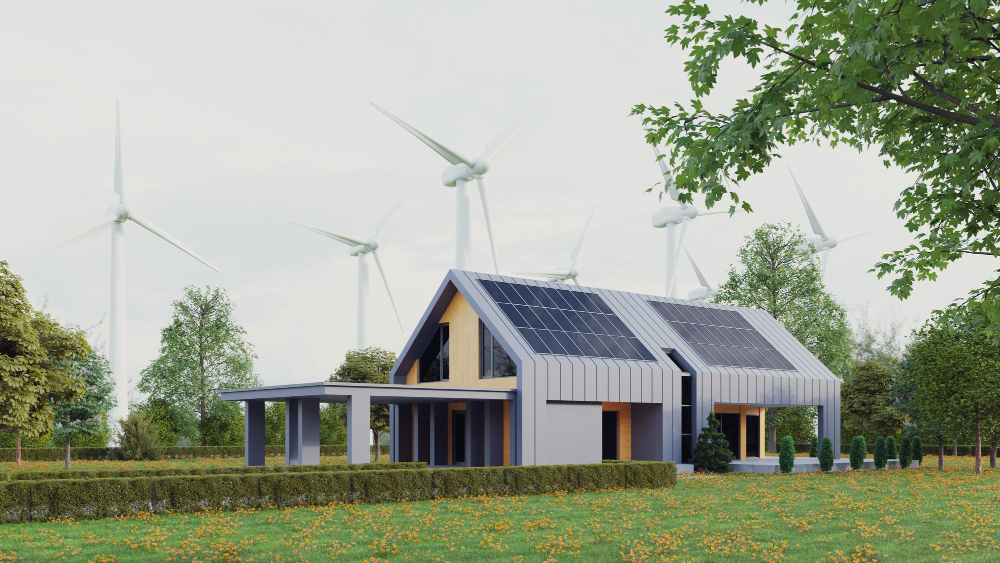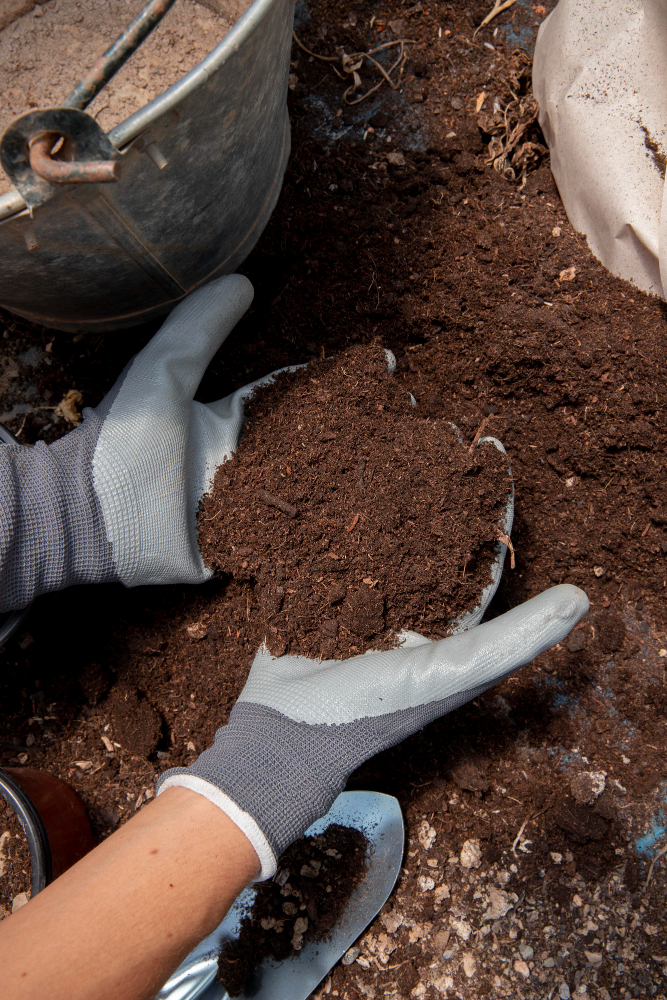Last updated on
Keeping your lawn in great shape doesn’t have to come at the expense of the environment. While you may be familiar with common lawn care practices like mowing and fertilizing, more eco-friendly alternatives exist that can help reduce your carbon footprint while still keeping your turf looking its best.
In this blog post, we discuss six sustainable methods for maintaining a healthy, beautiful lawn without sacrificing environmental health. We’ll cover everything from improving soil quality with natural compost to reducing water usage with drip irrigation systems — so keep reading if you’re interested in learning environmentally friendly ways to take great care of your yard!
Plant Native Plants in Your Flower Beds

Looking to reduce your water usage and cut back on fertilizer without sacrificing a beautiful garden? Consider planting native plants in your flower beds!
Native plants are uniquely adapted to the soils and climate in your area, which means they require less water and maintenance than non-native species. This makes them a great option for those who want low-maintenance landscaping without sacrificing curb appeal. With their wide range of colors, shapes, and sizes, native plants are a beautiful addition to any garden.
Use Organic Compost
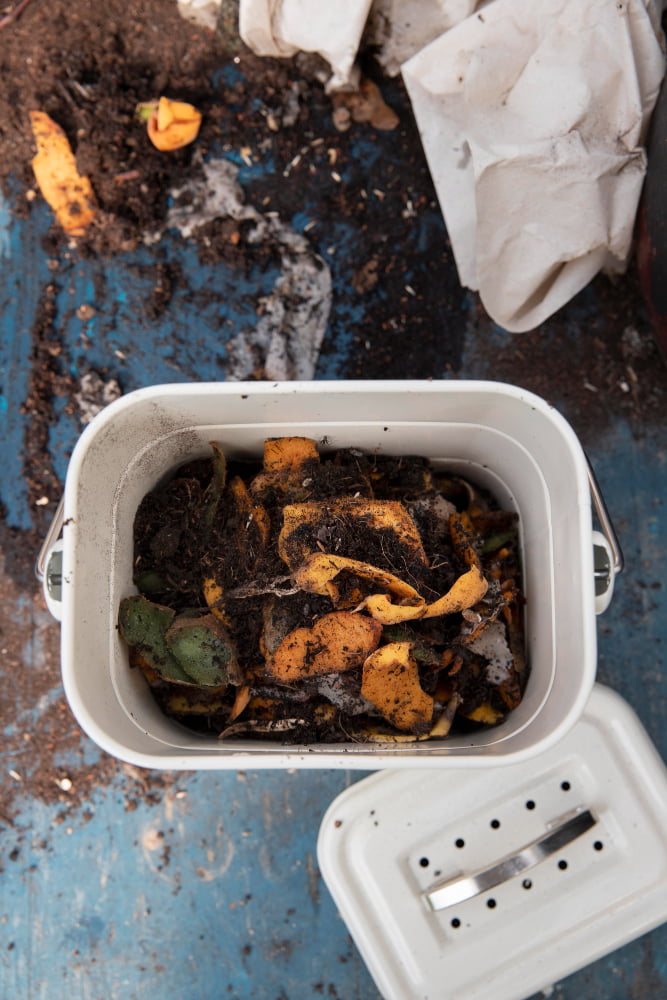
Are you looking for a way to give your lawn the nutrients it needs to thrive? Look no further than organic compost!
Unlike chemical fertilizers, which can often harm the environment, organic compost is made from all-natural ingredients and is safe to use on your lawn. Plus, it provides your grass with the essential nutrients it needs to grow strong and healthy. So if you’re tired of relying on harsh chemicals to keep your lawn looking green, consider making the switch to organic compost today!
Avoid Using Pesticides and Herbicides
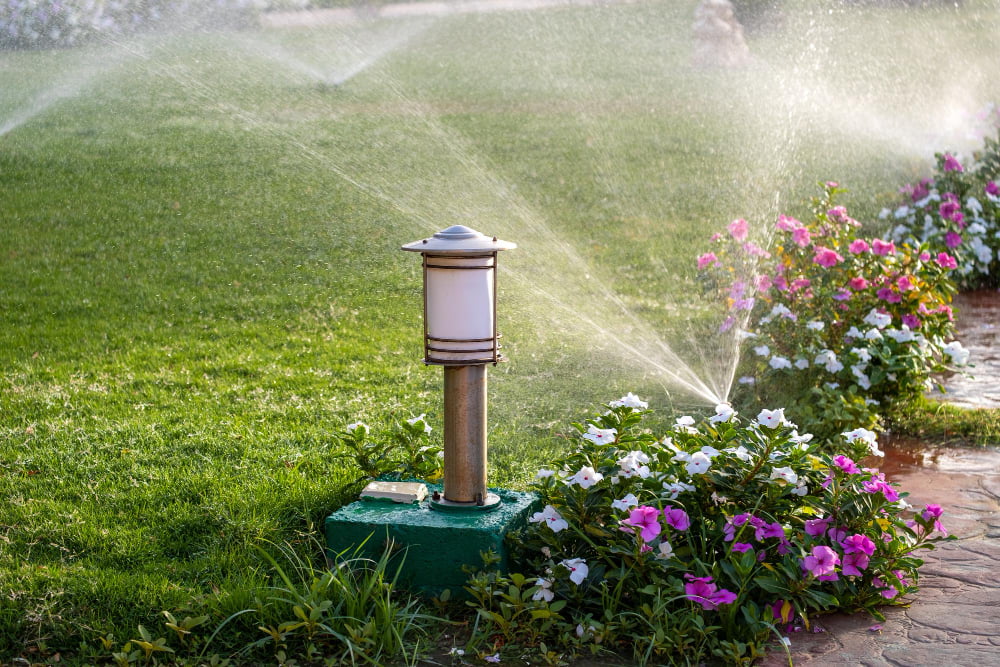
As we continue to make strides towards a healthier planet, it’s important to keep in mind the impact our actions can have on wildlife and waterways. Using pesticides and herbicides may seem like an easy solution for pesky plants or insects, but the harmful chemicals can leach into nearby bodies of water and wreak havoc on the delicate ecosystems that depend on them.
If you really want to avoid using toxic substances you should consider the type of grass which is highly resistant to common lawn diseases and pests. For example, if you opt for Celebration Bermuda grass, you will have a grass which recovers quickly and is extremely disease and pest tolerant.
By avoiding these toxic substances, we can help preserve the natural habitats of countless species while also promoting cleaner, healthier waterways for generations to come.
Mow Your Lawn Regularly
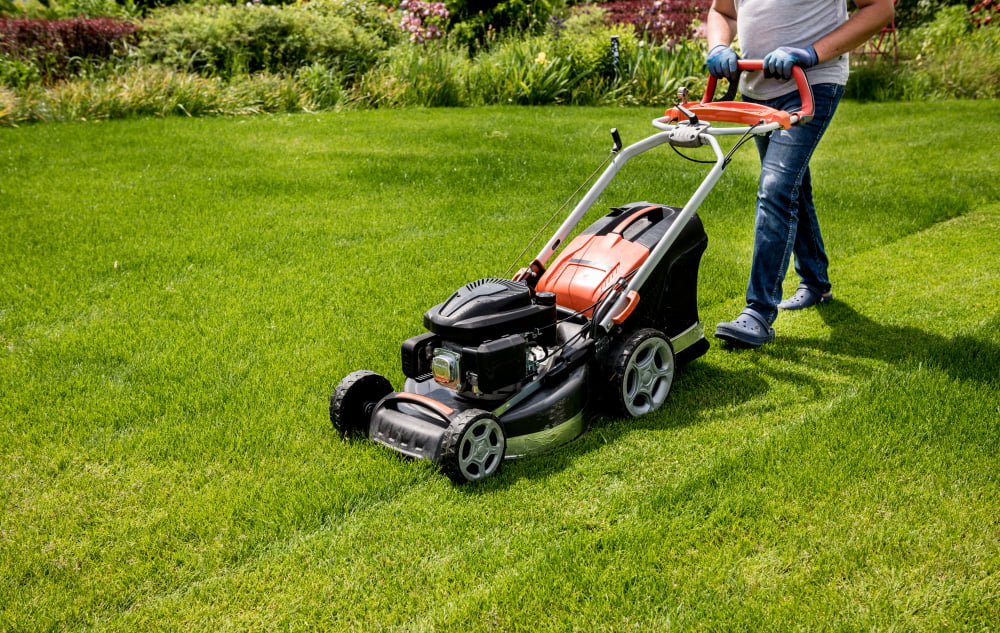
Maintaining a lush, green lawn is a goal for many homeowners, and regularly mowing your lawn is a critical aspect of achieving that goal. Getting the right lawn mower is a pivotal decision for sustainable maintenance. So visit the site to find a store near you to effectively manage your lawn with the right equipment.
Opting for electric or battery-powered models can significantly reduce emissions and noise pollution compared to traditional gas-powered mowers. By choosing a mower that suits your lawn size and terrain, you’ll ensure efficient and eco-conscious upkeep while contributing to a greener and healthier outdoor space.
Additionally, a dense and deep root system helps the grass to access water and nutrients from deeper into the soil, making it more tolerant to drought and other stressors. So, take a break from the low-cut, finely manicured lawn, and embrace a slightly higher mowing height for long-term soil and lawn health.
Whether you prefer to maintain your lawn yourself or enlist the help of a professional lawn care service near me, prioritizing the health of your grass and soil will lead to a more vibrant and sustainable lawn.
Leave Grass Clippings on the Lawn
Did you know that leaving grass clippings on your lawn after mowing can actually help return much-needed nutrients to the soil? Because grass clippings are rich in nitrogen, potassium, and other essential minerals, they can provide a natural fertilizer for your lawn.
Not only is it an eco-friendly approach to lawn care, but it can also save precious time and energy you would spend bagging and hauling away clippings. So, next time you mow your lawn, consider skipping the bagging and let those clippings work behind the scenes to nourish your lawn.
Water Your Lawn More Efficiently
Maintaining a lush and green lawn can be time-consuming, but with the right irrigation system, it can be done more efficiently than ever before. Low-flow irrigation systems and soaker hoses are great options for homeowners looking to save on water usage while keeping their lawns healthy.
These systems work by delivering water slowly and directly to the soil, which helps prevent runoff and ensures that your grass receives the water it needs to grow. So, say goodbye to wasteful sprinklers and hello to a more sustainable approach to lawn care with low-flow irrigation systems and soaker hoses.
By making small changes to your yard care routine and choosing native plants, you can help reduce water and chemical use, promote a healthier environment for wildlife, and benefit from the richness of a luscious, green lawn. Taking time to research native plants that are suited to your area’s climate will ensure that your garden remains lush for years to come.
Regular mowing is essential as is using organic compost instead of synthetic fertilizers that tend to be harsher on the environment. Also, look into low-flow irrigation systems or soaker hoses to make sure you’re efficiently watering your lawn without wasting precious water resources. In times when our environment needs help more than ever, tending our gardens in an eco-friendly manner can go a long way in sustaining their life and beauty.
Related reading:
Table of Contents
